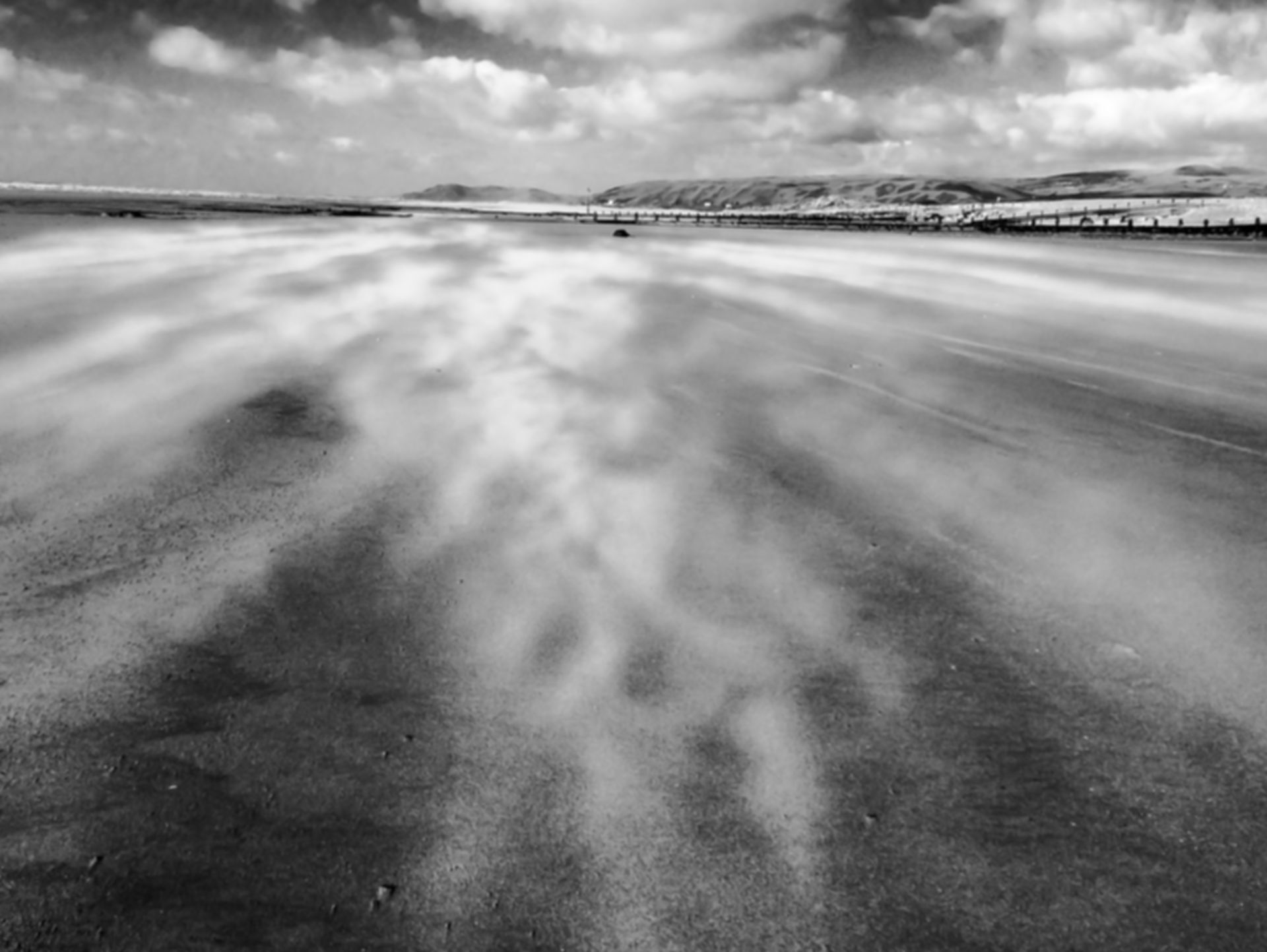Penrolio in Lampeter!

'Two Kings, After Frost'
Two Kings, they met by a medieval motte
Leaving their bodies behind.
Both being travellers, long ago they’d stood
Together by the Irish sea, deep as they could
To where it covered the submerged trees.
One was as tall as the sun was fair,
And had perhaps the better claim
Because his kingdom was grassy and lived by men,
Though the other was older, not just passing through,
Time had worn them about the same.
But both this season equally lie
In state beside one another’s throne,
Though they care not for much display,
Knowing how way leads on to way,
They welcome visitors to their humble play.
And so I tell this with a sigh,
Somewhere again many ages hence;
Two friends will meet by a medieval motte
And we will give them a song to travel by
And that will make all the difference.
(After Robert Frost's'The Road Not Travelled')
On the eve of Imbolc, before a super moon, the last day of winter was celebrated in Lampeter.
Bendigeidfan's (replica) head had travelled up from Penarth in South Wales with Richard Parry of Parry & Glynn, on his long journey to London (to see the start of this mission, look on the previous blog post, 'Penrolio in Penarth'). This is not a short jaunt and hospitality is being sought from communities along the way. The first of these having been offered by the King of the Sea Trees, in Lampeter.

(Sculpture by Valerie Price-West, on exhibition in LitL at UWTSD)
At midday on the wintery Wednesday, Bendigeidfran arrived. The sky had thrown sleet and snow, hail, wind and rain at him en route but the sun finally broke through as he was welcomed at the college gates.

This was not a formal event. Nobody was paid to attend or employed to perform, no tickets were sold. Word was simply put around and serendpity took control. As is usually the case when one gets out of one's own way, serendipity delivered in style. She brought us two medieval re-enactment knights to protect the procession.

She also brought us a spontaneous Interfaith dialogue with the Chrisitan Union, who were having an event of their own to question whether it was possible to reach the same G/god through many religions. For me, this was particularly perfect given that the exhibition is in cloisters, outside the old chapel, with the date in question being on the brink of festivals which cross Neo Paganism, Chrisitainity and the natural calender. It also marked the 24th anniversay of when I founded the college Pagan Society, which came about with the full support of the then C.U.. including a joint blessing by myself and Jo Richmond on top of Steffan's Motte (known to most students just as 'the mound'), which we performed in song. Thus, layers of personal history met the grand narrative in a tidy anchoring of legacy.

Bendigeidfran, also known in early sources as Bendigeitran, or more commonly, Brân fab Llŷr (Bromwich, 2006) was carried in a hessian sack to be greeted by myself, ArchaeoDog and the voice of Brenin Y Coed Môr, aka, Dafydd Eto from Three Legg'd Mare.

Poetry was read, the story was told: According the the Second Branch of Y Mabinogi, following the epic battle with Ireland for Branwen's dignity, Brân was mortally wounded. He instructed his men to severe his head and take it back to Wales, By magic, the severance did not prevent the head from continuing to talk and eat, to make merry with his men. It travelled over the Irish Sea, where the great giant had waded so impressively a short while ago, back to Harlech. There it sat and feasted for seven years before being carried down the south of the kingdom, to Gwalia, which some people think of today is Grassholme.
There the remaining men of Wales gathered around Brân's's head and were as they had always been. An enchantment was, of course, upon them though. As long as nobody looked out through the Door of Sorrows towards Cornwall, all would be well. As is the way of mankind however, one day, the temptation grew too great and Heilyn fab Gwyn announced that he would not be a true knight if he did not check the truth of the law. He looked through door... and all the sorrows of the world fell upon them. The Feast of the Crow faded away and the true desolation of the unkempt land was made apparent.
Overcome with grief, the men took their great king's head to London, rolling it all of the way, to be buried on Gwynfryn, the White Hill looking out away from Wales and Ireland, as a talisman to protect the country from future affliction. Some undefined time later, Arthur Pendragon ordered that the head be dug up again and cast into the sea because only he could defend Britain, for some reason he throught that he, of all people, had no need of supernatural intervention. Oh the irony.
Artist's Parry & Glynn, have this year decided to re-enact the rolling of Bran's head to London, from South Wales. In these tumultuous times of political strife and racial tensions, it seems timely that we should be reminded of our heritage - and so the sculpted head is being passed from community to community, many hands making light work of the long journey to London.

The King of the Sea Trees therefore offered to be the first port of call to offer succour, after leaving Penarth. Brân was carried to the gates of college, accompanied by the Mari Lwyd who was seeing out the last day of the dark season. Richard Parry can here be seen explaining the tale to participants, after singing the Penrolio song. Then Lynne Denman, in true form, sang her song from my first film, Y Bont/Bridge, which tells about the battle itself. Whilst she sang, we rolled the head up to the top of Steffan's Motte, which is all that remains of the Medieval castle on which the Lampeter settlement is believed to have grown up around.

In the photograph above, serendipity excelled herself - because here we have a Classicist, a Philisopher and a Historian rolling the head up university hill; the hashtag #MythOfSisyphus could not have been more fitting. There is a short video of the head as Sisphysus' boulder available to watch on twitter, here and below are a few photographs of the arrival and climb.
Upon the top of Steffan's Motte, Richard sang and the music carried out around the valley. Down below, I could see people stopping in the street to listen. Students opened their windows, leaning out to listen (apart from one person, who closed theirs!).

Then the moment of rolling down came...

"It was the fastest and most dramatic penrolio I've ever seen. It was quite a sight. The white severed giant head, over three metres in circumference, flew down the steep castle motte at great speed when pushed by the onlookers, and crashed very heavily into the ground at the bottom." R.M. Parry.
There's a video of the high speed rolio on Twitter here
So now we have Brân/Brân Fendigied/Bendigeituran/Bendigeit, the Blessed Crow, settled into 'Layers in the Landscape', the Two Kings once more in conversation. Together they link the deep map of Cardigan Bay with its beginning in Of Myth and Man, which is available to read both online and in hard copy from Reception. It also reflects one of my other projects, The Crow Road, which is a collaboration with Dr Iain Biggs, one of the leading British academics in Sacred Geography and with whom I am also honoured to work. The Crow Road draws from Barbara Bender and Tim Ingold, as does all of my work, thus to have the great Raven rest awhile with Brenin Y Coed Môr is, for me, a blessing indeed.
All in all, the mini event was exactly how partipatory culture should be: complex narratives, simply portrayed. People from a wide variety of spaces (Christian, Pagan, Academic, Artist, Local, Visitor, Student, Teacher) came together to share in the political myth making. This was site un-specific performance; and a perfect way to welcome in the Year of the Sea. I wonder what else lies in store...?

~ Bromwich, Rachel (2006). Trioedd Ynys Prydein: The Triads of the Island of Britain.
University Of Wales Press. ISBN 0-7083-1386-8.
As always, my thanks extend to all involved. Most particularly to Richard and Chris for the blessing, to Kyle and Alastair for the rolling climb, to Dafydd and Lynne for singing
and to Arwel and Sian-Elin for their support.






















